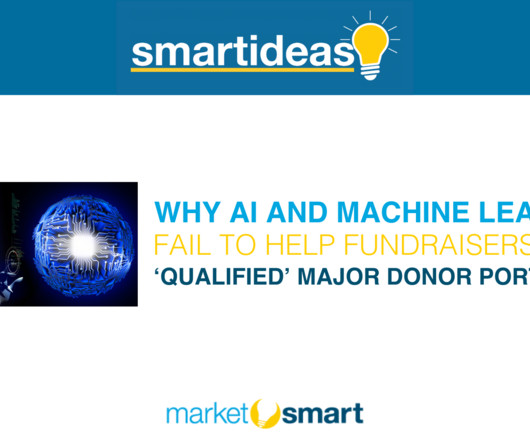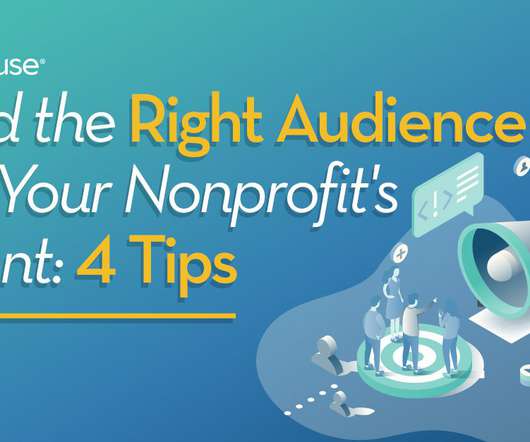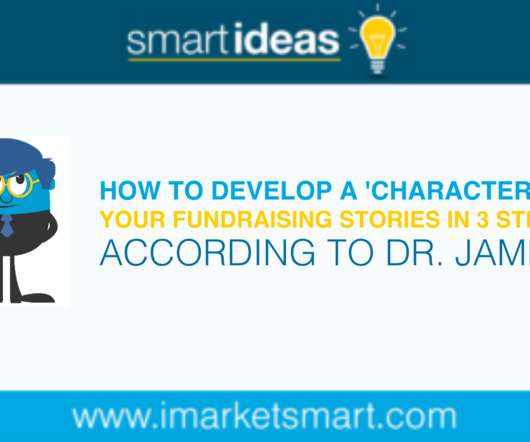Why AI and Machine Learning Fail to Help Fundraisers Build ‘QUALIFIED’ Major Donor Portfolios (or Caseloads)
iMarketSmart
JANUARY 10, 2024
However, if you are not engaging your supporters with a donor-driven system that collects qualitative data , AI cannot know why a donor cares about your mission. It cannot know the values that drive a person to give or participate as a volunteer. These are the foundations of donor motivation.












Let's personalize your content